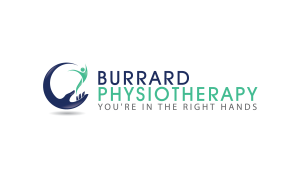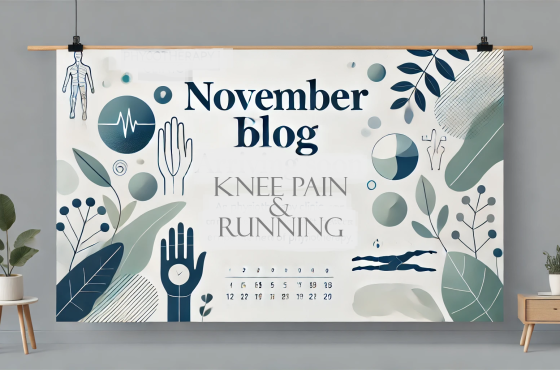Understanding Foot Pain
Understanding Foot Pain: Insights from a Vancouver Physiotherapist
Foot pain can significantly impact our daily lives making even simple tasks like walking or standing unbearable. Whether you’re an athlete, an office worker, or a retiree, foot pain can affect people of all ages and lifestyles. Fortunately, the Canadian Physiotherapy Association (CPA) provides valuable insights into understanding and managing foot pain. In this blog post, we’ll explore three essential subtopics related to foot pain, backed by facts from the CPA.

1. Common Causes of Foot Pain
Foot pain can arise from various factors. Identifying the root cause is crucial for effective treatment. Here are some common causes of foot pain:
a) Plantar Fasciitis: Plantar fasciitis is one of the most prevalent causes of heel pain. It occurs when the plantar fascia, a thick band of tissue connecting the heel to the toes, becomes inflamed. According to the CPA, factors like overuse, improper footwear, high-impact activities, and biomechanical abnormalities can contribute to this condition.
b) Achilles Tendinitis: The Achilles tendon connects the calf muscles to the heel bone. Overuse or repetitive strain on this tendon can lead to Achilles tendinitis. The CPA emphasizes that this condition is commonly seen in athletes and individuals who engage in excessive running or jumping activities.
c) Bunions: Bunions are bony bumps that develop at the base of the big toe joint. According to the CPA, factors such as genetics, improper footwear, and foot mechanics can contribute to their formation. Bunions can cause pain, swelling, and difficulty wearing shoes comfortably.

2. Prevention and Self-Care for foot pain:
Prevention and self-care strategies play a crucial role in managing foot pain. Here are some tips recommended by the CPA:
a) Wear proper footwear: Choose shoes that provide adequate arch support, cushioning, and a comfortable fit. Avoid high heels and shoes that crowd the toes.
b) Maintain a healthy weight: Excess weight can put additional strain on the feet and exacerbate foot pain. Maintaining a healthy weight can help alleviate this pressure.
c) Stretch and strengthen: Regular stretching and strengthening exercises recommended by a physiotherapist can improve foot flexibility, strength, and stability, reducing the risk of foot pain. See below for a tape job commonly used for big toe pain.
http://Physiotherapist at Burrard Physio demonstrates a Tape Job for Foot Pain
3. The Role of Physiotherapy:
Physiotherapy plays a crucial role in managing foot pain and promoting recovery. The CPA emphasizes the following benefits of physiotherapy:
a) Accurate diagnosis: A physiotherapist can accurately diagnose the root cause of foot pain through a comprehensive assessment, which may include gait analysis, range of motion tests, and imaging if necessary.
b) Customized treatment plans: Physiotherapists develop individualized treatment plans that may include manual therapy, therapeutic exercises, stretching, and modalities like ultrasound or laser therapy.
c) Education and prevention: Physiotherapists educate patients on proper foot care, footwear selection, and self-management techniques to prevent future foot pain episodes.

Understanding foot pain and its causes is essential for effective management. By following prevention strategies and seeking guidance from a physiotherapist, individuals can address foot pain and regain their mobility. The Canadian Physiotherapy Association offers valuable insights into foot pain management, empowering individuals to take control of their foot health and overall well-being.
If you are experiencing foot pain and would like to consult with a physio from Burrard Physiotherapy. Book Here!




